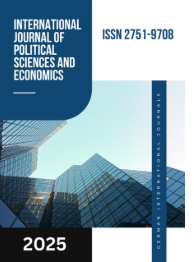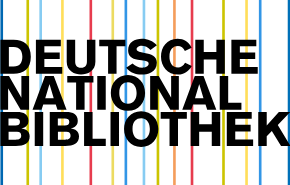AN ANALYSIS OF FINANCIAL TECHNOLOGY ADVANCEMENTS AND THEIR ECONOMIC IMPLICATIONS IN UZBEKISTAN
DOI:
https://doi.org/10.55640/Keywords:
digital economy, financial technologies, fintech, digital payment systems, banking digitalization, economic development, financial inclusion, Uzbekistan, electronic payments, digital banks.Abstract
This article analyzes the main directions of the formation of the digital economy and the development of financial technologies in Uzbekistan. The impact of fintech solutions on the increase in economic activity, the digitalization of the banking sector and financial inclusion indicators is considered. The potential of the national fintech infrastructure is assessed based on the reforms implemented within the framework of the "Digital Uzbekistan - 2030" strategy.
References
1. Strategic program of the President of the Republic of Uzbekistan Sh.M. Mirziyoyev “Digital Uzbekistan – 2030”. https://strategy.uz
2. Official website of the Central Bank of the Republic of Uzbekistan – https://cbu.uz
3. Gomber, P., Koch, J., & Siering, M. (2017). Digital Finance and FinTech: Current Research and Future Research Directions. Journal of Business Economics, 87(5), 537–580.
4. Zetzsche, D. A., Buckley, R. P., Arner, D. W., & Barberis, J. N. (2020). From FinTech to TechFin: The Regulatory Challenges of Data-Driven Finance. NYU Journal of Law & Business, 14(2), 393–447.
5. Qodirov, A. (2022). Financial technologies and their impact on the economy. Journal of Economics of Uzbekistan, No. 3.
6. World Bank (2021). Digital Financial Services Report. https://worldbank.org
7. National Agency for Promising Projects (NAPP). (2023). Law of the Republic of Uzbekistan on Digital Assets. Tashkent: https://lex.uz/ru/docs/6440433
8. Akhmedov, S. (2023). "The Impact of Blockchain Technologies on the Economy of Uzbekistan". Journal of Digital Economics, 2(3), 55-61.
Downloads
Published
Issue
Section
License

This work is licensed under a Creative Commons Attribution 4.0 International License.
Authors retain the copyright of their manuscripts, and all Open Access articles are disseminated under the terms of the Creative Commons Attribution License 4.0 (CC-BY), which licenses unrestricted use, distribution, and reproduction in any medium, provided that the original work is appropriately cited. The use of general descriptive names, trade names, trademarks, and so forth in this publication, even if not specifically identified, does not imply that these names are not protected by the relevant laws and regulations.







